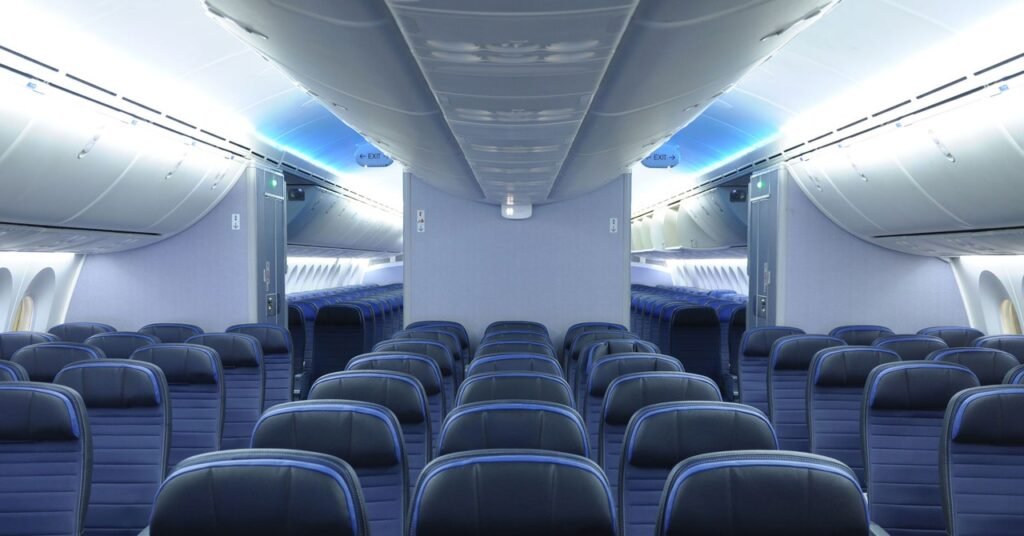It’s the last flight of the day and the plane is pretty empty. So you’re thinking, maaaybe you’ll just move up a few rows, where there’s a nice window seat with a view that’s not obstructed by the wing.
Not so fast, buster. The flight attendant says that’s a no-go. You have to stay in your assigned seat or you’ll mess up the weight distribution of the plane. Really? Would moving one normal-size human make a difference? Yeah, you know where this is going: Answering this question requires a bunch of awesome physics. So let’s get to it!
Center of Mass
People often say an object’s center of mass is the location at which all of the gravitational force acts. That’s a fair working definition, and you can use it to solve many physics problems, but it’s not really true. In fact the gravitational force pulls on all parts of an object, not just one point.
(A quick side note: We’re actually going to look at the center of gravity, not the center of mass, but in a constant gravitational field like here on Earth, they’re the same.)
If you really want to understand the center of mass, you need to think about torque. Looking back at Newton’s second law, it says that a net force changes the motion of an object (Fnet = mass × acceleration). So if the net force is zero, the motion of an object won’t change. If it’s moving with a certain velocity, it will keep doing so. If it’s at rest, it will keep on resting.
Here’s a little experiment: Place a pencil on a flat table and then, taking your two index fingers, push from opposite sides, right at the center. It just stays there, right? Because you’re applying equal and opposite forces, the net force is zero. But what if you push on it like this:
Pencil pusherGraphic: Rhett Allain




